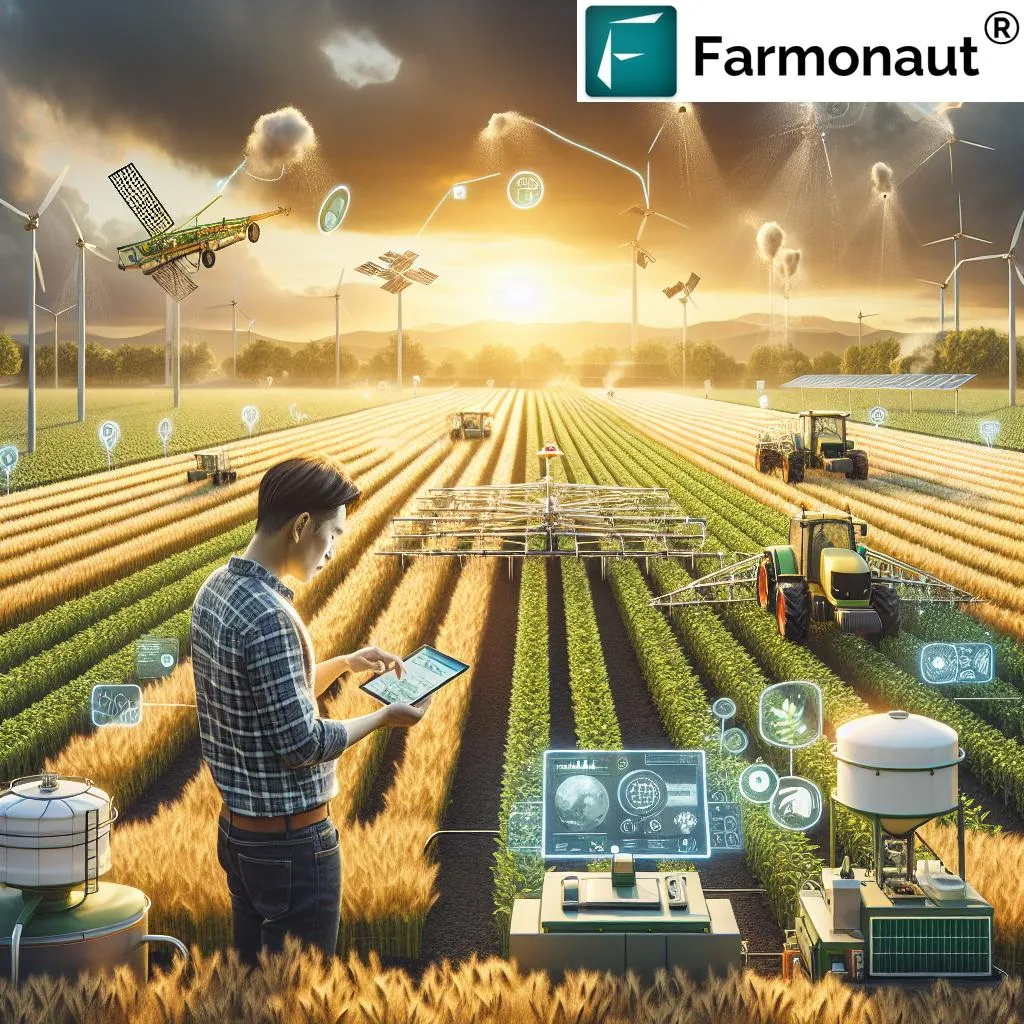In the quest for sustainable and efficient agriculture, soil sensing technologies are emerging as a game-changer, and a recent review published in the *Journal of Agricultural Engineering* sheds light on the latest advancements in this field. The study, led by Eleonora Iaccheri from the Department of Agricultural and Food Science at the University of Bologna, explores the cutting-edge devices and statistical models that are revolutionizing soil quality assessment.
Traditional soil measurement techniques are often time-consuming, expensive, and limited in their ability to provide real-time, field-scale data. “Affordable, rapid, and reliable soil quality sensing technologies are required, especially for agricultural practices and the development of precision agriculture,” Iaccheri emphasizes. The review highlights the potential of electromagnetic, radioactive, and optical techniques, which can measure single parameters or multiple soil attributes through sensor fusion.
One of the key challenges in soil sensing is improving the accuracy of measurements. The study underscores the significant efforts dedicated to developing statistical models that consider the interactive relationships of various soil properties. These models leverage multivariate solutions and machine learning to enhance predictive accuracy. “The recent increase in computational power has highlighted the importance of collecting and aggregating large volumes of data from sensors, computer vision systems, and hyperspectral cameras,” Iaccheri notes. This data can be modeled for agricultural and environmental decision support systems, offering valuable insights for farmers and agronomists.
The commercial impact of these advancements is substantial. Precision agriculture, which relies on real-time, accurate soil data, can lead to more efficient use of resources, reduced environmental impact, and increased crop yields. Low-cost sensors and advanced statistical models can make these technologies accessible to a broader range of farmers, democratizing precision agriculture and promoting sustainable farming practices.
Looking ahead, the review suggests that future trends in soil sensing will likely focus on integrating multiple sensors and advanced machine learning algorithms. This integration can provide more comprehensive and accurate soil quality assessments, further enhancing the decision-making capabilities of farmers and agronomists.
As the agricultural sector continues to evolve, the role of soil sensing technologies will become increasingly crucial. The insights provided by Iaccheri and her team offer a glimpse into the future of agriculture, where data-driven decisions and sustainable practices go hand in hand. With the ongoing advancements in sensor technology and statistical modeling, the potential for improving agricultural efficiency and sustainability is vast.

